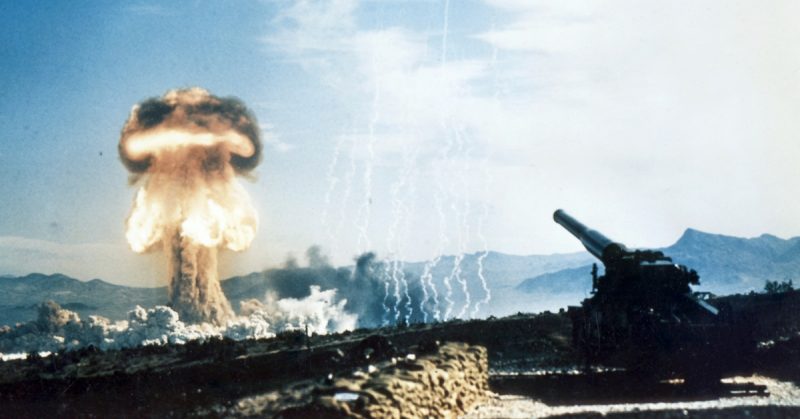Around 379 BC, King Archidamus of Sparta summed up the impact of artillery on infantry. When shown a huge bow capable of flinging giant arrows against the enemy, instead of being impressed he was appalled. He declared it was “the end of man’s valor!
Archidamus saw how artillery caused terrible destruction but that this made it very attractive. No amount of courage could save a man from its impact. It would become a hugely powerful weapon of war.
Arrow Throwers
The first European artillery pieces coming into use during Archimadus’s era were, effectively, giant crossbows. At first made like giant composite bows, they later evolved using the sinew that had been part of the composite and combining it with poles to fling their projectiles further. Their thick arrows looked a lot like javelins and made a devastating anti-infantry weapon best used in the fixed engagements of sieges.
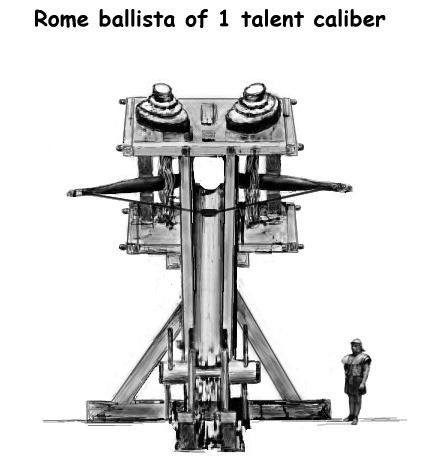
Stone Throwers
The next development was the stone thrower. This could be used to kill soldiers, both during sieges and in pitched battles. It also had an extra use as a way of breaking defensive structures. The impact of a hurled stone could smash through wooden and even stone defenses, giving besiegers a new edge in trying to break into towns and castles.
The Romans, masters of military engineering, developed different catapult designs, such as the small carroballista and the straight-armed onager.
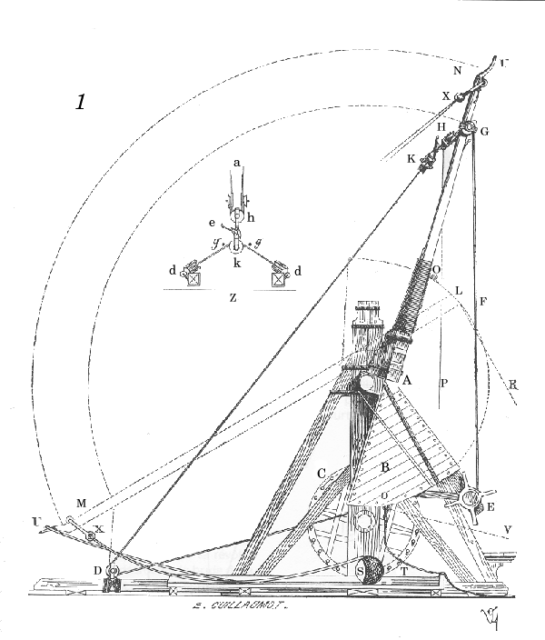
Trebuchets
The pinnacle of stone throwing machines was the trebuchet. Invented in China as the huo-pa’o, it was carried west by the Mongols and finally adopted by Medieval Europe rulers. King Edward I of England was so proud of a giant trebuchet he had built, he would not allow the Scots in Stirling to surrender until he had a chance to use it against them.
Powered by a weight on the end of a pivoting beam, the trebuchet was capable of massive power. The only limit on this power being the size of the machine that could be built.
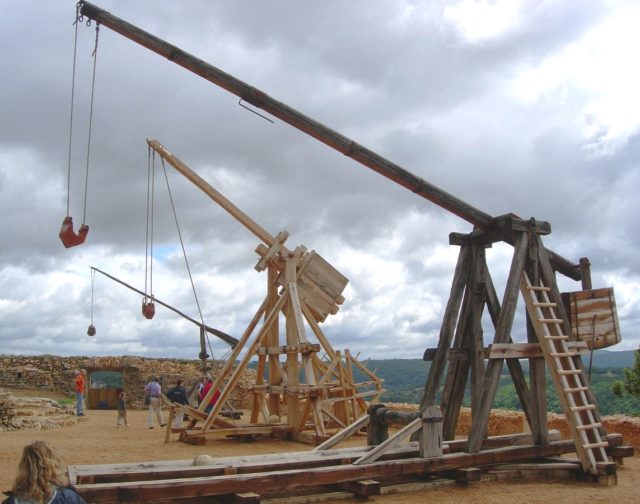
Cannons
Like the trebuchet, gunpowder was a Chinese invention that Europeans found new ways to use.
Gunpowder became known in Europe in the late 13th century. Europeans invented the first guns, using the explosive powder to fire projectiles. By the mid-14th century, cannons were being utilized by the English on the field of battle at Crécy, unnerving their French opponents with the noise and destructive force of this new weapon.
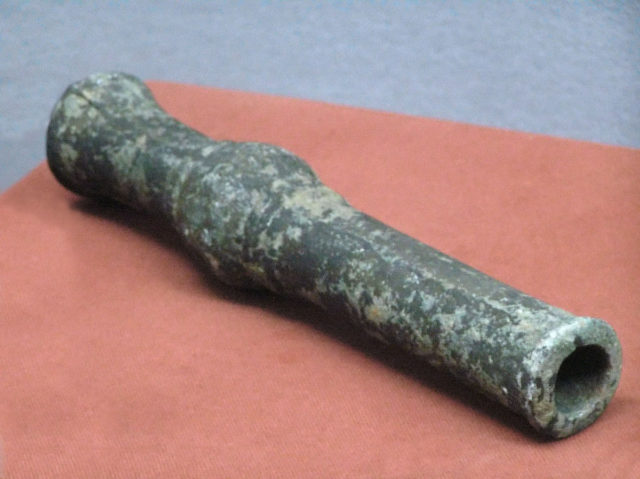
Siege Guns
The strategic impact of early cannons came not on the battlefield but in siege craft. Here, without the need to move guns around with shifts in battle, larger weapons could be used. When Mohammed the Conqueror besieged Constantinople he used bombard mortars so large they had to be constructed on site in a foundry set up just beyond the range of the defenders’ weapons.
Siege guns shattered the tall stone walls that had stood throughout the Middle Ages, reducing the power of castles and the feudal aristocracy attached to them.
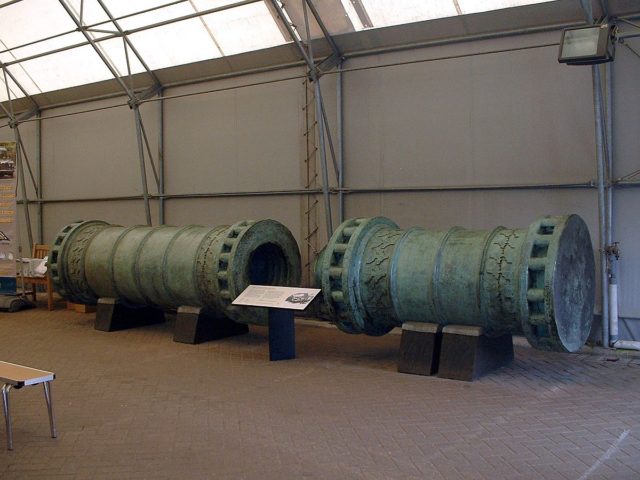
Horse Artillery
The 17th century saw artillery grow in importance on the battlefield, with increasingly standardized guns on wheeled carriages. It was in the 18th century that Frederick the Great of Prussia took this technology one step further with horse artillery – guns carried swiftly around the battlefield by specially trained drivers and teams of horses. This made the firepower of artillery more mobile than ever before.
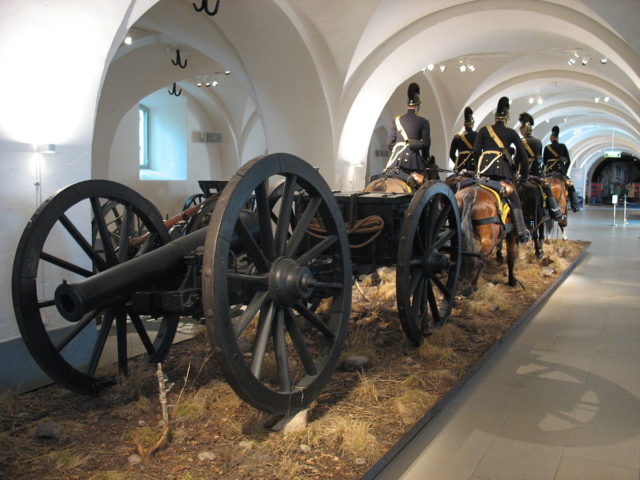
Explosive Shells
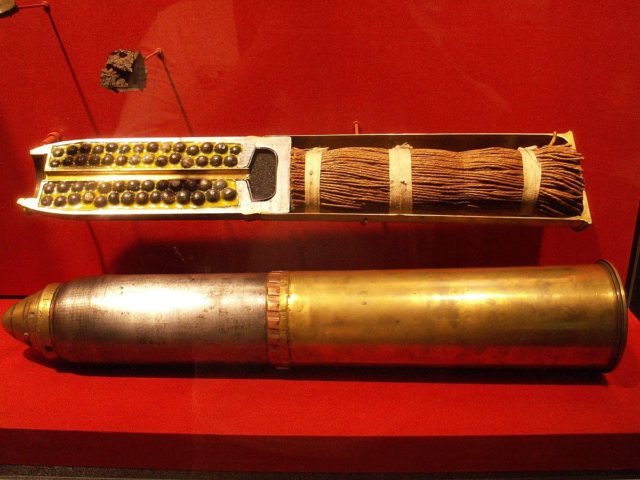
As cannons evolved, so to did the ammunition they fired. Explosive ammunition was a natural development but, for a long time, it was not particularly effective. The explosive power of those early shells was largely lost on impact.
Lieutenant Henry Shrapnel, a British officer, invented the technology that now bears his name and which made the explosive shell so powerful. Filling the ammunition with lead bullets or making it so it would explode in jagged fragments, made it deadly against infantry.
Overtaking Rifles
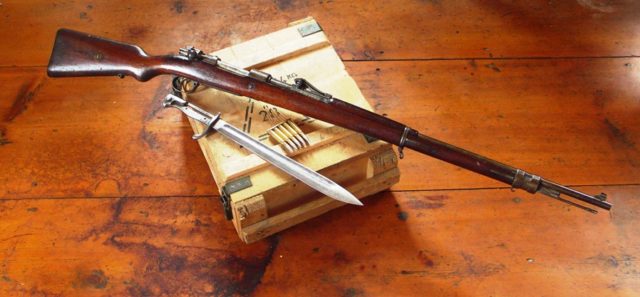
In the second half of the 19th century, the growing range and accuracy of rifles made artillery personnel vulnerable on the battlefield.
A new arms race commenced thanks to engineers such as the German, Krupp. Rifling, breech loading, and steel barrels all contributed to creating artillery of a greater and wider range.
Fixing Recoil
Greater power in the guns caused problems with massive recoil. To keep the guns in position and avoid killing crews, this had to be tackled.
The first person to successfully solve this was the French Commandant de Port. His field gun, the 75mm Model 1897, used a piston in the barrel to absorb and dissipate the recoil. Adapting this and other systems, more powerful weapons could now be produced.
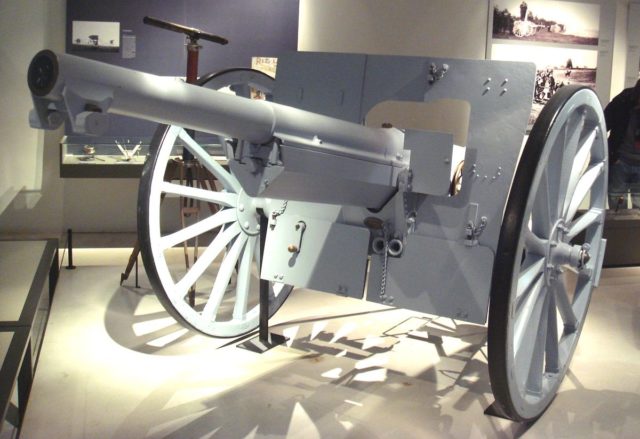
Tactics of the First World War
The First World War saw artillery used on an unprecedented scale, with miles of countryside torn apart. Entirely new tactics were developed, such as the creeping barrage – a line of explosions behind which soldiers could advance. Also, neutralization – overpowering the enemy with the psychological shock of a massive bombardment.
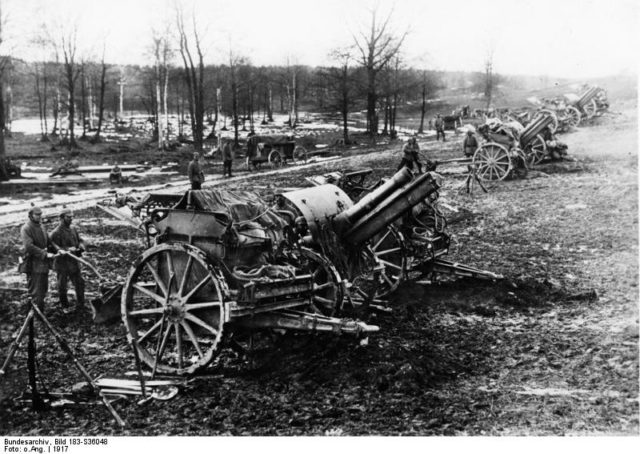
Despite these developments, artillery did not bring the breakthroughs commanders had hoped. Defensive works had also improved, and however powerful the guns, defending soldiers still managed to emerge from cover before an infantry attack commenced.
Trench Mortars
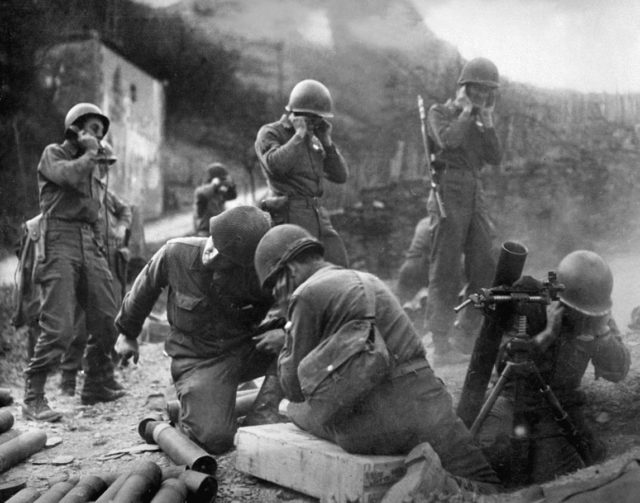
Seeing extensive use in the First World War, the portable mortar came into its own in the Second World War. Little more than a pipe carried by an infantryman, it lobbed shells high into the air to land behind enemy lines.
It was a way of firing across and around defensive emplacements. It provided a counterpoint to much other artillery of the period, which was bulkier and harder to move than ever before.
